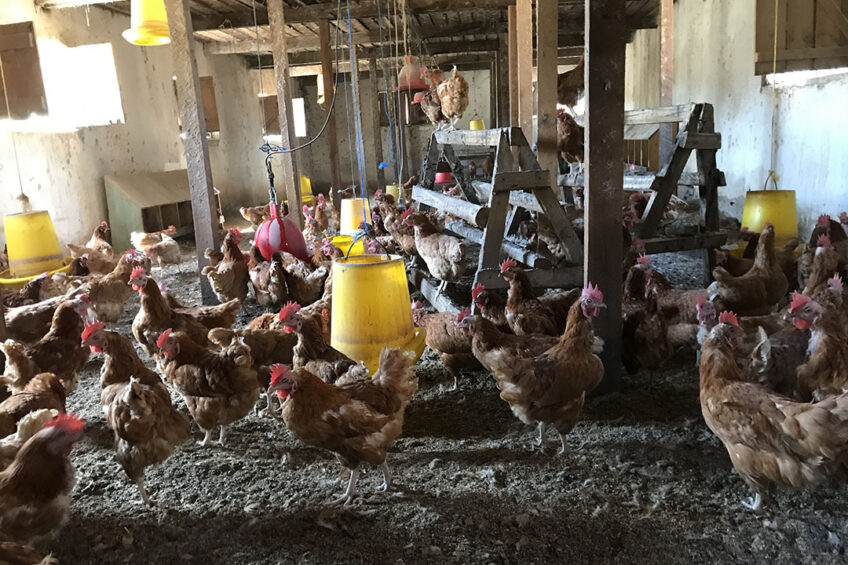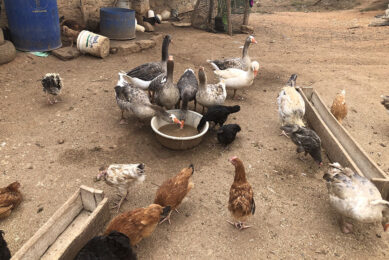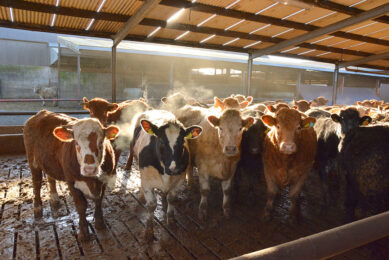Taking a closer look at antimicrobial resistance

Various projects show differences between developed and developing world countries in the struggle to improve antibiotic use in livestock
It is well known by now that the use of antimicrobials used in human health and livestock sectors around the world causes antimicrobial resistance (AMR) in pathogens that were previously controllable with some antibiotics. That’s obviously a significant global human health concern that already causes an estimated half a million deaths every year. If significant actions are not taken, it’s estimated that by 2050, the reduced effectiveness of some antibiotics may cause a mortality rate as high as 10 million people per year.
Quantifying antimicrobial resistance
Scientists at many institutions around the world, including the University of California (Davis) are doing projects related to AMR. Some are in the US and some international, associated with the One Health Institute, a global agency at the forefront of research in quantifying AMR and how its spread can be slowed in livestock, people, wildlife and in our shared environments.
A team from UC (Davis), Cairo University in Egypt and the California Department of Food and Agriculture, investigated AMR in California’s dairy sector and published the results in early 2021. They summarise a survey of milk-producing dairies and calf ranches across California. The respondents recognised that judicious use of antibiotics to be the most important stewardship practice, amongst record keeping, observing withdrawal periods, having a valid Veterinarian-Client-Patient-Relationship and use of AM alternatives. Treating sick calves was the major use of AM.
What do the studies reveal?
AMR is generally more of a problem in lower-income countries because judicious use of antibiotics is not generally common. In countries such as Tanzania, as noted by scientists from Africa and Europe in an April 2021 study, increased demand for animal protein has led to more intense livestock production where excessive use (and misuse) of AM might occur. Farmers and their employees in Tanzania (and other similar jurisdictions) often have no formal education and may use antibiotics incorrectly, and may not adhere to withdrawal periods.
In another small project in Tanzania, Cara Newberry, student at UC Davis’ School of Veterinary Medicine, worked with Dr Jennifer Lane, Field Veterinarian at the One Health Institute and others who run the HALI Project (Health for Animals and Livelihoods Improvement). Newberry tested for levels of resistance on 12 farms in and around the city of Iringa, Tanzania, and interviewed local veterinarians to gain a greater understanding of antibiotic use and knowledge of AMR in the region. The chickens included a local breed and a more commercial type of bird.
Cloacal samples were collected from each chicken and E. coli isolates were cultured and tested for antimicrobial susceptibility to seven antibiotics. “The highest levels of resistance were found,” Lane says, “to the antibiotics tetracycline and sulfamethoxazole-trimethoprim.”
Lane believes more educational outreach for livestock producers and animal health providers in Tanzania may improve AM use and stewardship practices. “Furthermore, improving infectious disease control through vaccinations, clean water, improved sanitation and farm biosecurity practices,” she says, “may reduce the need for AM use.”
References available on request.







